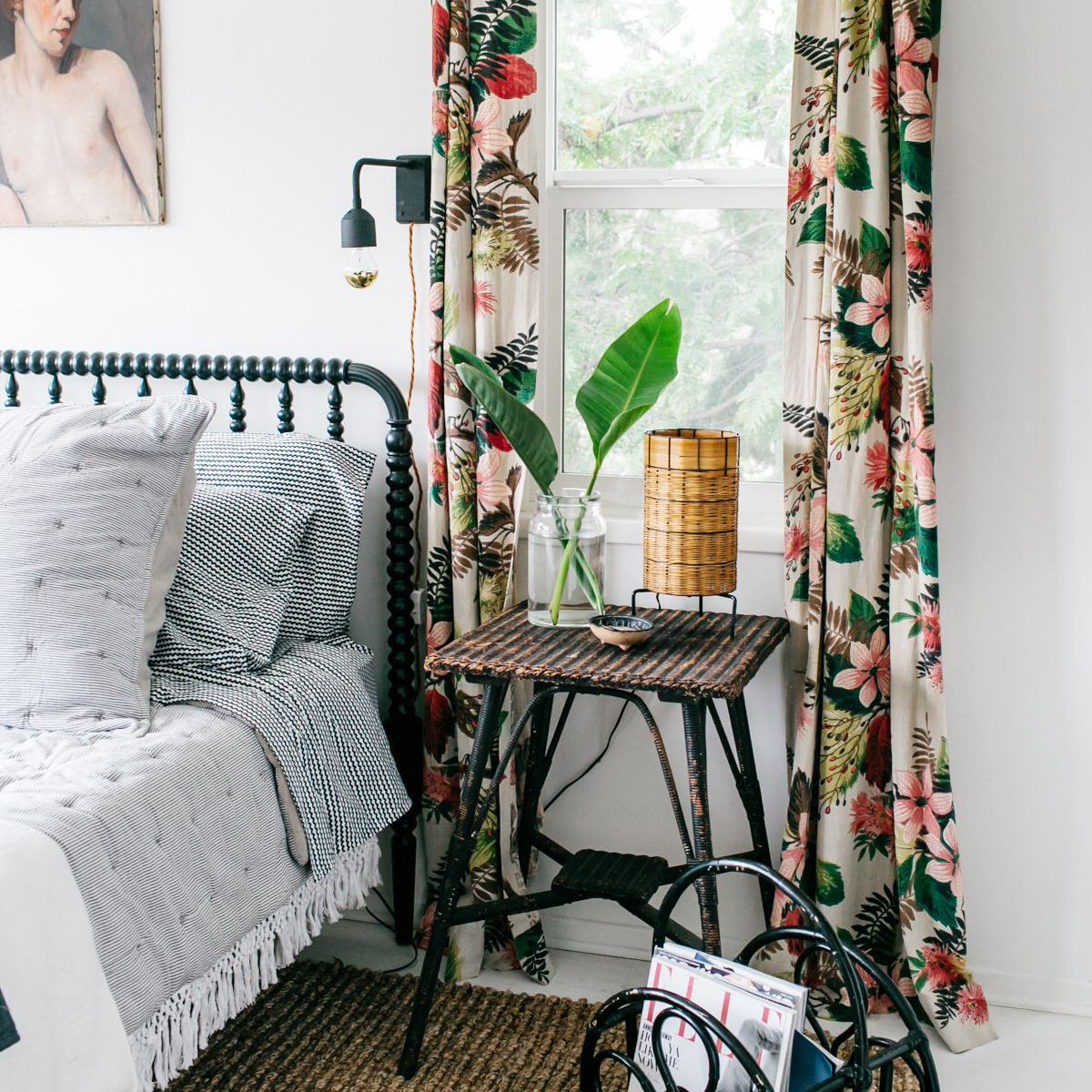Introduction
Ceiling lights are an essential part of any habitat’s lighting design. They illuminate a room and set the tone for the environment within. Ceiling lights come in many shapes and sizes, and they can have different functions based on design and placement. In this article, we will explore the different types of ceiling lights available in the market, their uses, charm, and functionality, and their impact on habitat design.
Types of Ceiling Lights
Flush Mount Ceiling Lights
Flush mount ceiling lights, also known as surface-mounted lights, are mounted directly onto the ceiling without any gap in between. They have a sleek and simple design, making them a popular choice for modern homes. Flush mount ceiling lights provide uniform illumination, making them suitable for use in most rooms, including hallways, bedrooms, and bathrooms. They come in different shapes and sizes, and they can be made from a variety of materials, including glass, metal, and fabric.
Semi-Flush Mount Ceiling Lights
Semi-flush mount ceiling lights, also known as close-to-ceiling lights, are similar to flush mount lights, but they hang down from the ceiling a few inches. They provide a more dramatic look than flush mount lights, making them ideal for use in foyers, dining rooms, and living rooms. Semi-flush mount ceiling lights come in a variety of styles, including contemporary, traditional, and transitional, and they can feature different finishes, such as brushed nickel, bronze, and chrome.
Pendant Lights
Pendant lights are a popular decorative lighting option that hang down from the ceiling and feature a single or multiple bulbs. They can be used in most rooms and come in a variety of styles and designs, from minimalist to ornate. Pendant lights are ideal for use over dining tables, kitchen islands, and in living areas. They can provide a focal point in a room and add style and personality to the habitat’s décor.
Chandeliers
Chandeliers are a classic lighting option that adds elegance and charm to a habitat. They are eye-catching fixtures that hang from the ceiling and feature multiple bulbs, often covered with shades or crystals. Chandeliers are ideal for use in dining rooms, living rooms, and entryways. They can be made from a variety of materials, including glass, metal, and crystal, and they come in many different designs, from traditional to contemporary.
Functionality of Ceiling Lights
Ceiling lights not only serve an aesthetic purpose but also have an important functional role in a habitat. They can provide general lighting, task lighting, and accent lighting.
General Lighting
General lighting, also known as ambient lighting, is the primary source of illumination in a room. It provides overall lighting and sets the mood for the environment within. Ceiling lights such as flush mount and semi-flush mount lights are suitable for providing general lighting.
Task Lighting
Task lighting is used for specific activities such as reading, cooking, or applying makeup. Ceiling lights such as pendant lights and chandeliers are ideally suited for casting focused task lighting.
Accent Lighting
Accent lighting is used to highlight specific features of a habitat, such as artwork, architectural details, or plants. Pendant lights and chandeliers are often used as accent lighting fixtures, particularly when combined with dimmer switches.
Impact of Ceiling Lights on Habitat Design
Ceiling lights can impact a habitat’s design by creating a focal point, adding texture, color, and depth, and enhancing the mood of a room. The use of different types of ceiling lights can cause a significant change in the look and feel of a habitat. For instance, combining pendant lights with flush mount ceiling lights can create a more layered look and add depth to a room. Using chandeliers in dining rooms can create a sense of elegance and formality in the habitat design.



